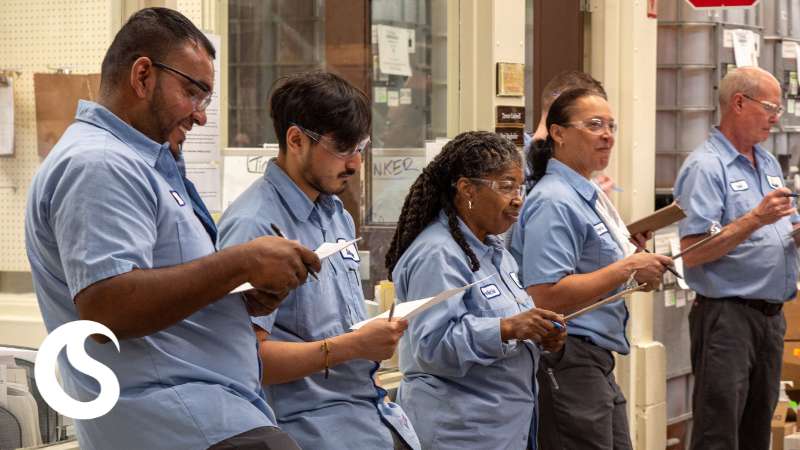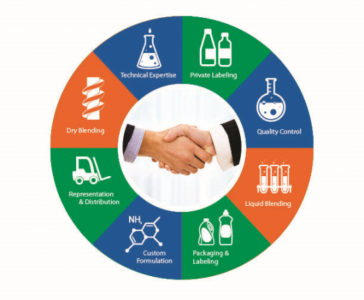Corrosion is one of the costliest challenges for precision parts manufacturing. Improper humidity, temperature, or process time can create destructive corrosion that can ruin batches of parts. Additionally, improperly treating components before storage or sale can lead to failures in the field.
Corrosion is the result of an electrochemical reaction that oxidizes metal atoms. Many metals used as precision parts materials are susceptible to corrosion, including steel, brass, aluminum, and copper. That’s why inhibiting corrosion is an important consideration for any precision parts cleaning process.
What causes corrosion in the parts cleaning process?
Improper humidity and moisture levels can create an environment where oxidation and corrosion can occur. So can high temperatures and too much or too little time in wash or rinse. Last, some chemical catalysts, such as sulfates and chlorides, can increase the chance that corrosion will occur.
Physical corrosion prevention strategies
Optimal corrosion prevention is a combination of physical improvements to the parts cleaning process and the use of a chemical corrosion inhibitor. Usually, most parts manufacturers should optimize the settings of their humidity chambers to maintain a consistent 90 degrees Fahrenheit and 90 percent humidity. It is common for condensation chambers to be kept between 99 and 100 percent humidity.
To prevent corrosion in the field, manufacturers should package their parts so they stay dry and cool. Some manufacturers include desiccants in their packaging to ensure products stay dry.
Chemical corrosion prevention
Corrosion inhibitors prevent chemical corrosion and can be applied during the wash or rinse cycle (or both). They effectively prevent corrosion on steel, brass, aluminum, and copper. Every inhibitor requires a specific amount of time in contact with parts to be effective.
Inhibitors may be aqueous, oil-in-water emulsions, oils, solvents, or additives in cleaners. Seacole’s experts can recommend several different types of corrosion inhibitors depending on a part’s materials and end application, including:
- 571 Rust Inhibitor: Liquid inhibitor for in-process rust protection and short-term indoor part storage. Use in heated, high-pressure spray cabinets, conveyorized systems, freestanding manual tanks, and immersion-type tanks.
- 573 Rust Inhibitor: Solvent inhibitor for long-term outdoors parts storage. Applies a transparent film to parts for a year of protection.
- 577 Rust Inhibitor: Liquid inhibitor for parts that will be welded, painted, plated, or assembled.
- 585 Water-Displacing Rust Inhibitor: Oil inhibitor that protects parts for long-term indoor storage. Applies a transparent film to parts for up to a year of protection.
Seacole has the expertise and precision parts cleaning experience to help manufacturers optimize their processing equipment and find the ideal chemical corrosion inhibitor for their products. Speak with a Seacole expert today.





